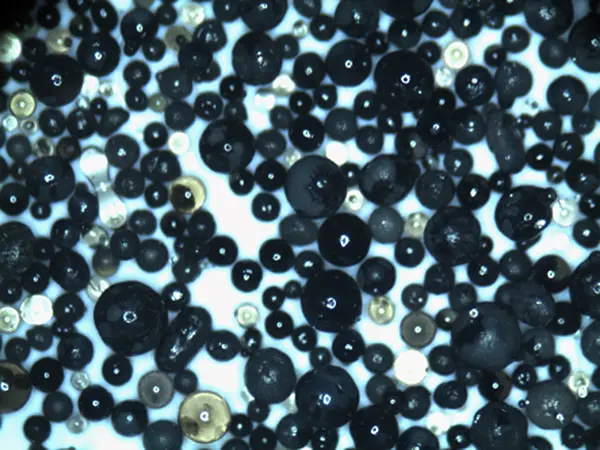Sand Used for Sand Casting An Overview
Sand casting, one of the oldest and most widely used metal casting processes, employs sand as a primary molding material. This method has been integral to manufacturing a diverse range of components, from automotive parts to intricate machine components. Understanding the characteristics of sand used in sand casting is essential for both optimizing the casting process and improving the quality of the final product.
Types of Sand
The most commonly used sand in sand casting is silica sand, which contains a high percentage of quartz. Silica sand is favored due to its excellent thermal properties, availability, and cost-effectiveness. It withstands the high temperatures involved in the casting process without losing its structural integrity.
Another type of sand used is olivine sand, which consists of magnesium iron silicate. This sand is more thermally stable than silica, making it suitable for casting high-temperature alloys. Although olivine sand tends to be more expensive and less widely available, its superior qualities can justify the investment for specific applications.
Properties of Casting Sand
The efficiency and quality of the sand casting process largely depend on the properties of the sand used
. Key characteristics include1. Grain Size The size of the sand grains significantly affects the surface finish and dimensional accuracy of the cast. Finer sands yield smoother surfaces, while coarser sands can allow for better gas permeability. Typically, a balance between grain size and the final desired casting quality is sought.
sand used for sand casting

2. Shape and Distribution The shape of the sand grains can influence the packing density and flow characteristics. Well-rounded grains tend to pack more closely together, leading to improved strength and stability. Additionally, a uniform grain distribution ensures that the mold maintains its shape and strength during the pouring of molten metal.
3. Bonding Agents While sand itself can hold together, adding bonding agents enhances the mold's integrity. These agents can be natural clays or synthetic binders, and their selection impacts the final properties of the casting. The right bond type will improve the sand's cohesion and prevent it from breaking apart during the casting process.
4. Moisture Content The moisture level within the sand mixture is crucial. A proper amount of water helps activate the binding properties of the clay, facilitating better mold formation. However, excessive moisture can lead to defects in the casting, such as blowholes or steam-related issues.
Environmental Considerations
As industries seek more sustainable practices, the sand casting process also undergoes scrutiny regarding its environmental impact. Traditional sand casting often involves significant sand waste due to reclamation issues; however, advances in technology have led to better sand recycling methods, thus minimizing waste and reducing the frequency of new sand acquisition.
Moreover, the shift towards more eco-friendly additives and binders is gaining traction. Biodegradable alternatives and non-toxic binding agents are becoming popular choices for foundries aiming to reduce their ecological footprint.
Conclusion
Sand used in sand casting plays a crucial role in determining the efficiency, quality, and sustainability of the casting process. Through a careful selection of sand types, properties, and bonding agents, manufacturers can significantly influence the performance characteristics of their final products. As the industry evolves, innovations and environmentally responsible practices are expected to shape the future of sand casting, ensuring it remains a vital process in modern manufacturing.
Post time:Aug . 13, 2024 01:26
Next:Reliable Foundry Sand Providers for High-Quality Casting Solutions Across Various Industries
